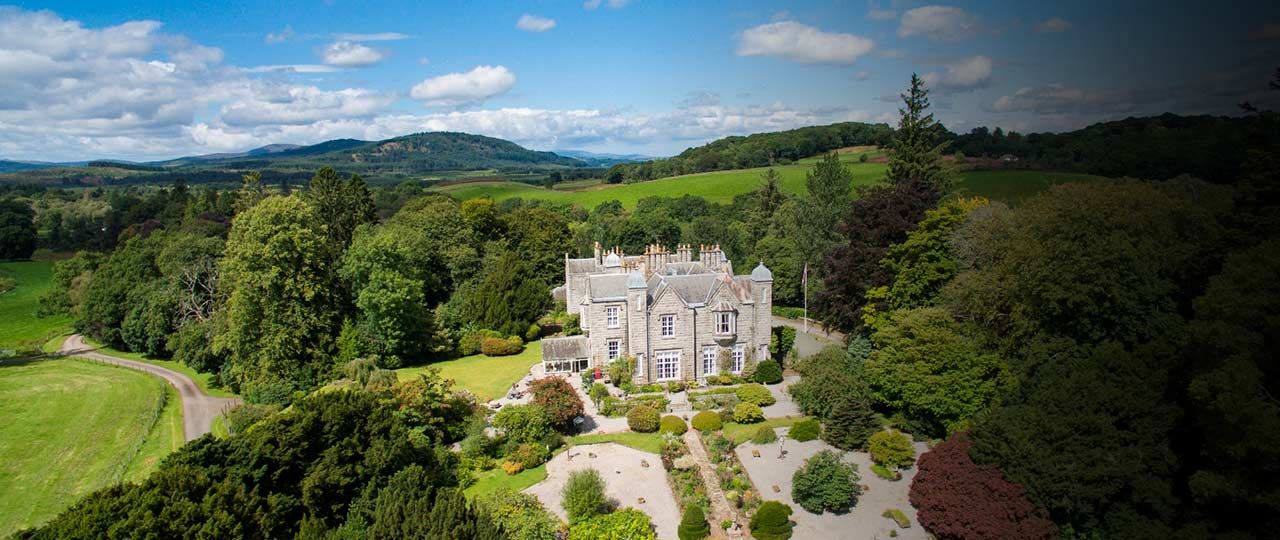
House prices in Scotland have continued their upward trajectory over the past year, outperforming the UK overall. There are homes to suit every type of lifestyle, from retirees wanting to wake up to the beauty of the Scottish Highlands to young professionals seeking flats in the bustling central belt.
While London and the South East remain downbeat, Scotland is showing strong growth in the property market, with a healthy outlook for sales activity. A shortage in supply of quality assets is supporting demand for the best Scottish property and pushing prices upwards. As such, we have seen a continued rise in average residential prices across Scotland.
The latest publication of the monthly UK HPI shows that the average price of a property in Scotland in September 2018 was £152,961 – a 5.8% increase on September 2017. This compares to a UK average of £232,554, which was an increase of 3.5% on September of the previous year. The majority of Scottish local authorities recorded average price increases in September 2018.
Meanwhile, RICS’ residential market survey for August revealed that 36% more estate agents reported an increase in the number of homes sold. The latest RICS housing market update shows that average 12 month sales expectations are mostly depressed across the UK. Scotland is one of the few markets where the net balance is positive.
Strong buyer demand
Value for money, affordability and the draw of a desirable lifestyle underpins demand for Scottish residential property – which in turn drives up average selling prices - and this is reflected in the average time it takes for a Scottish home to sell: 44 days compared to 72 in Greater London.
Mortgages are relatively affordable compared with other parts of the UK, and buyers don’t appear to have lost the desire to own their own home, particularly if that is in, or within commuting distance of, an urban centre. This is despite the uncertainty surrounding Brexit and changes to the Land and Buildings Transaction Tax (LBTT).
Susanna Clark, Director of Research for Strutt & Parker, Scotland, says: “We have seen a continued rise in average residential prices across Scotland. Political and economic uncertainty continues to affect housing supply as vendors and developers are cautious, but the strength of the tourism sector and the draw of a desirable lifestyle is sustaining demand for Scottish residential property.”
Malcolm Leslie, Head of Residential Agency in Scotland says the country is perceived as a growth area, compared to corresponding markets south of the border. It has shown slower growth than England since the 2007 crash and as such has more room to grow. This has been recognised by investors south of the border who are increasingly active in Scotland.
Edinburgh top of the hotspots
Scotland’s capital is undoubtedly the cornerstone of the Scottish property market and continues to attract buyers and investors from far and wide for its quality housing stock.
Andrew Riddell, from Strutt & Parker’s Edinburgh office, says New Town and Stockbridge are two of the most sought-after areas in the Scottish capital, with the prime market characterised by a significant demand for very low stock, competitive closing dates and sale prices often over and above valuation.
The average price in the City of Edinburgh is £266,600 (Q3 2018) up 3.4% on Q3 2017. Prime Edinburgh city centre averages £347,300. Stockbridge prices are 6% up on last year, averaging £399,800, while in New Town the average is £410,800, a 3% increase.
Home is where the heart is
Scotland is seen as one of the best places to live in the UK, with Fife (average price 161,145), Perth and Kinross (average price £207,000) and the Highlands (average price £181,300) particularly popular among older people looking for a good quality of life in their golden years as well as those looking for a change in lifestyle.
Kevin Maley, Director in Strutt & Parker’s Inverness office, says demand remains relatively firm for a range of property types including family homes, rural retreats, coastal cottages and city flats.
In the Highlands, there has been a rise in the number of young professionals moving up to Inverness and the surrounding area with their families. They work in London from Monday to Thursday but spend the weekends in Scotland. In the meantime, their families benefit from a better quality of life and excellent schools.
In Perth and Kinross, Angus and Fife, demand remains for best in class properties with one notable highlight being a stunning contemporary house in an exceptional site overlooking the River Tay. This remarkable house went under offer at a closing date after little more than a month on the market.
The lure of Scotland
Many expats who were born in Scotland but have made their money overseas in places like Dubai and Hong Kong are returning home. They’re keen to buy either a second home or retirement property.
One of the biggest draws is the country’s stunning scenery and the lure of waterside living remains particularly strong, offering beautiful views, an outdoorsy lifestyle, an excellent quality of life and a really sociable environment in which to spend time with friends and family. Waterside properties throughout Scotland, which boasts 10,000 miles of coastline, continue to attract high premiums.
Strutt & Parker’s 2018 Waterside Survey shows that in Scotland 31% would pay a premium of up to 10%, and 54% would pay a 10-25% premium for properties with outstanding views over water. Additionally, 55% would pay a 10-25% premium for direct beach access from the house while 41% would pay a 10-25% premium for water access by boat.
However, the beauty of Scotland’s landscape doesn’t just lie in the waterside. It’s hard to beat beauty spots such as Loch Lomond, Glencoe, the Big Tree Country of Perthshire and the Cairngorms for dramatic views. Scotland has a worldwide reputation for excellent golf courses and an enviable outdoorsy lifestyle that attracts many from elsewhere.
